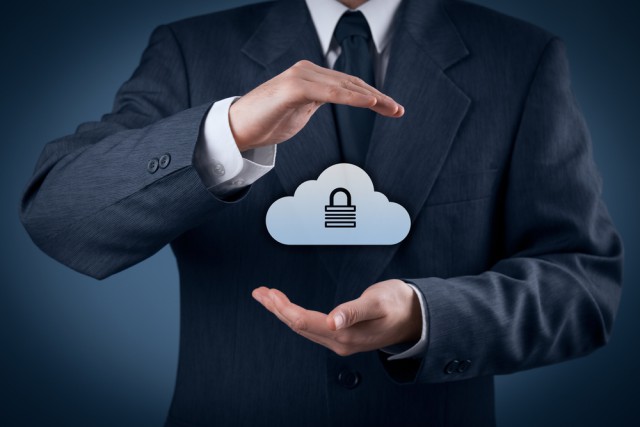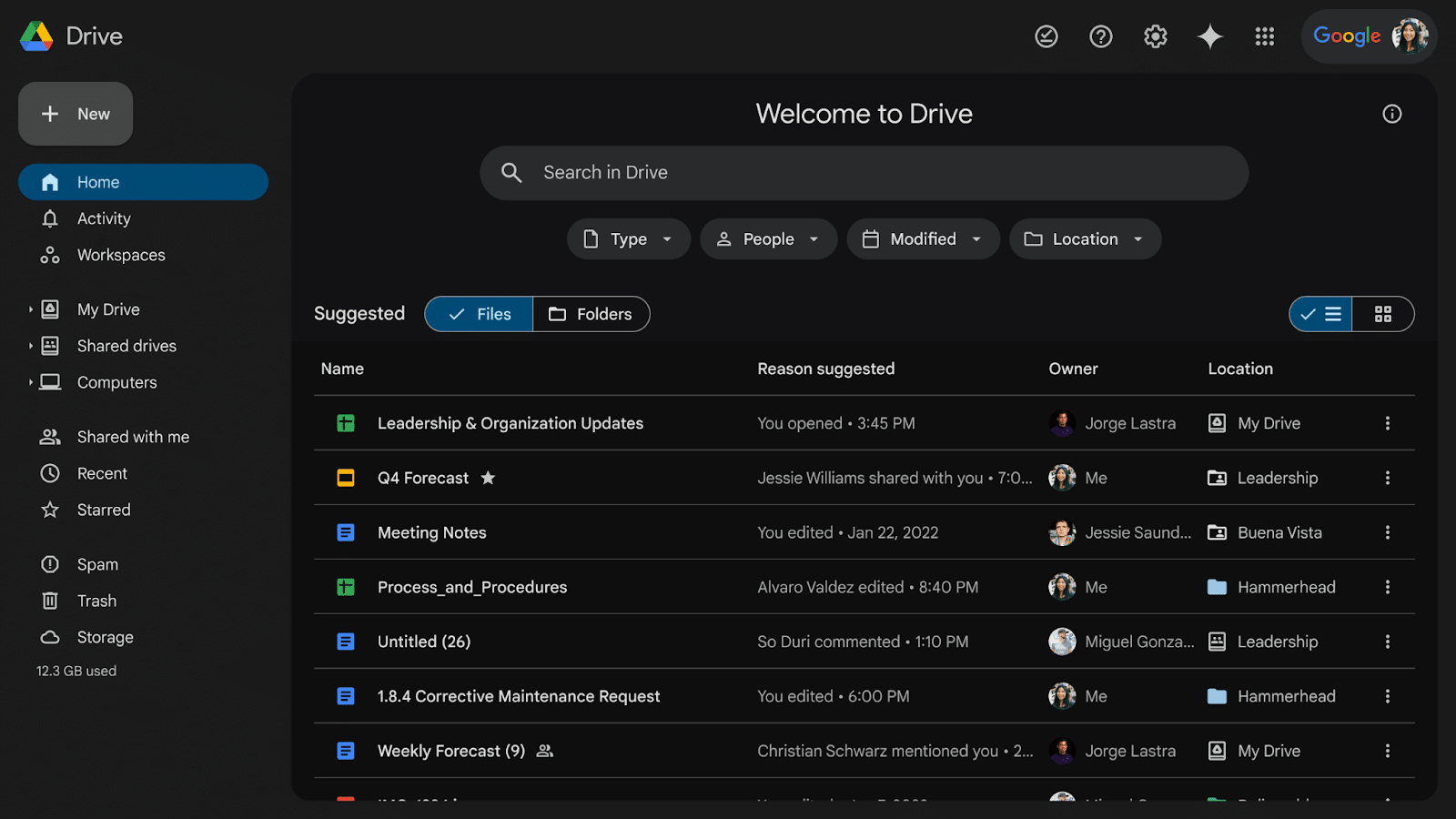
How cloud optimization can fight rising costs [Q&A]
Cloud costs have been rising of late, making it vital that enterprises get a grip on their cloud networks and ensure they’re optimizing them to get the best value.
We spoke to Atif Khan, CTO of infrastructure on demand company Alkira, to discuss how businesses can manage their cloud assets and keep spending under control.

Get 'Cloud Computing Solutions' (worth $180) for FREE
The main purpose of Cloud Computing Solutions is to include all the cloud-related technologies in a single platform, so that researchers, academicians, postgraduate students, and those in the industry can easily understand the cloud-based ecosystems.
This book discusses the evolution of cloud computing through grid computing and cluster computing. It will help researchers and practitioners to understand grid and distributed computing cloud infrastructure, virtual machines, virtualization, live migration, scheduling techniques, auditing concept, security and privacy, business models, and case studies through the state-of-the-art cloud computing countermeasures.

Balancing security and autonomy: Strategies for CISOs in the cloud era
Maintaining a secure cloud environment is one of the most important responsibilities of any CISO today, given that over 50 percent of all cyberattacks now originate in the cloud. However, this is a daunting task, as security must now be balanced against other priorities such as maintaining agile operations and the need to innovate.
Organizations today are racing to accelerate their cloud adoption due to the need for greater scalability and cost-efficiency. It has, therefore, become a critical business strategy to ensure efficiency, accessibility, and sustainability in operations. As a result, cloud investments are soaring across the board. Gartner predicts that end-user spending on public cloud services will reach $679 billion by the end of this year and exceed $1 trillion by 2027.

Why cloud attacks no longer need malware [Q&A]
As organizations have come to rely more on the cloud, it's become an increasingly attractive target for cybercriminals seeking to steal data or extract ransoms.
In the past this has involved the use of malware, but as attackers get more sophisticated there’s a move towards different types of attack. We spoke to Shai Morag, SVP and general manager cloud security at Tenable, to discover more about these threats and how to tackle them.

Budget is the top barrier to cloud security objectives
A new survey shows that 59 percent of executives say budget/cost is the top roadblock to achieving their cloud security objectives, followed by complexity (47 percent) and lack of skilled resources (41 percent).
The study from Gatepoint Research for Orca Security of 200 senior decision makers also reveals that 57 percent of respondents identify misconfigurations as their top cloud security risk, followed by unauthorized access (50 percent), data breaches (35 percent), insecure APIs (31 percent), lack of visibility (29 percent), and malicious insiders (12 percent).

Comms providers believe AI will improve operational efficiency
More than half of telecom and IT engineers responding to a new survey believe the use of AI will improve network operational efficiency by 40 percent or more.
In addition the study from Ciena, with research by Censuswide, shows an overwhelming 85 percent of respondents express confidence in communication service providers' (CSPs) ability to monetize AI traffic across networks.

How 'internet fracturing' is challenging enterprise growth [Q&A]
We tend to think of the internet as being something that's the same all over the world, but with nations like China, India and Russia increasingly closing off the wider web to their citizens, is the global nature of the internet under threat?
We spoke to Ruoting Sun, VP of Product at Secureframe about the phenomenon of 'internet fracturing' and what it means for businesses.

Priorities for data center OT security in the cloud era
The decentralized nature of the cloud provides great flexibility for users, but it also introduces great vulnerabilities for data center operators. As an abundant source of valuable data, the modern data center has become a prime target for cybercriminals, from small business facilities to the huge hyperscale colocation data centers run by Amazon, Google, and Microsoft.
Protecting these interconnected facilities and the hardware and software systems that they physically host provides a perpetual job for security teams. But it’s important to recognize the clear distinction between securing information technology (IT) inside a data center facility, versus securing the operational technology (OT), or what’s called “cyber-physical systems” needed to run the facility itself. IT and OT involve two complementary but distinct categories of security and risk.

Avoid a migration mess -- top tips for cloud migration
Cloud adoption is increasing at a rapid rate across all industries, and for good reason. It has been proven as a business enabler, and it presents many advantages over traditional architecture. Hardware starts to age, data center operations are costly, and IT personnel spend more time managing old infrastructure than advancing the business. Migrating existing workloads to the cloud can help address all these issues.
However, IT architecture can be extremely complicated, even for professionals with many years of experience, and even though the cloud has been around for over 20 years, cloud migration challenges continue to be a source of anxiety for organizations wishing to take advantage of everything cloud computing can offer. So, what are some of the points to bear in mind when planning and executing a cloud migration strategy?

95 percent of organizations suffer cloud breaches
New research from Tenable reveals that 95 percent of 600 organizations surveyed suffered a cloud-related breach in the previous 18 months.
An additional 29 percent reported the breach caused 'significant' harm, which is defined as any adverse consequences to someone or an organization if the confidentiality of PII were breached.

Protecting sensitive data in the cloud [Q&A]
The use of sensitive data for business is crucial. The growing amount of sensitive data stored in cloud infrastructure and applications creates an increasing and constantly evolving data risk landscape for organizations.
The main cause of risk is how broadly this data is shared within and outside the organization, and how it is being used by users, services, or other applications. We spoke to Liat Hayun at Eureka Security about how this risk can be addressed while still allowing safe use and storage of data.

80 percent of security exposures involve misconfigurations
A new report based on data gathered from over 40 million exposures presenting high-impact risks to millions of critical business entities, finds that identity and credential misconfigurations represent 80 percent of security exposures across organizations.
The report, from exposure management specialist XM Cyber based on data analyzed by the Cyentia Institute, shows a third of these exposures put critical assets at direct risk of breach -- an attack vector actively being exploited by adversaries.

Cloud security and speed -- how fast do your processes need to be? [Q&A]
Moving to the cloud offers many benefits for businesses, but it doesn't remove the need to keep your systems secure. The tools that make the cloud fast and attractive for business can also be used by attackers.
We spoke to Anna Belak, director, Office of Cybersecurity at Sysdig to discuss the pain points that she sees security teams dealing with today, where those problems come from, and how to address them around process and skills rather than just looking at the tech side.

Google Drive finally gets dark mode on the web
It has been an extraordinarily long time coming, but Google has finally decided to flip the switch on dark mode for Drive on the web.
Much like AI is at the moment, the spread of a dark mode option for apps and websites was something of a cultural and technological phenomenon a few years ago. Quite why it has taken Google such a long time to jump back on this particular bandwagon is anybody's guess, but dark mode will be welcomed by Google Drive users none the less. Here's what you need to know.

Enterprises not getting full value from their data
According to a new report, 73 percent of IT leaders are still struggling to transform data into delivering significant business value.
The survey of 150 UK IT leaders by cloud consultancy Appsbroker & CTS finds 91 percent have a specific mandate from their board or executive team to make their organization more data-driven and data-centric.
